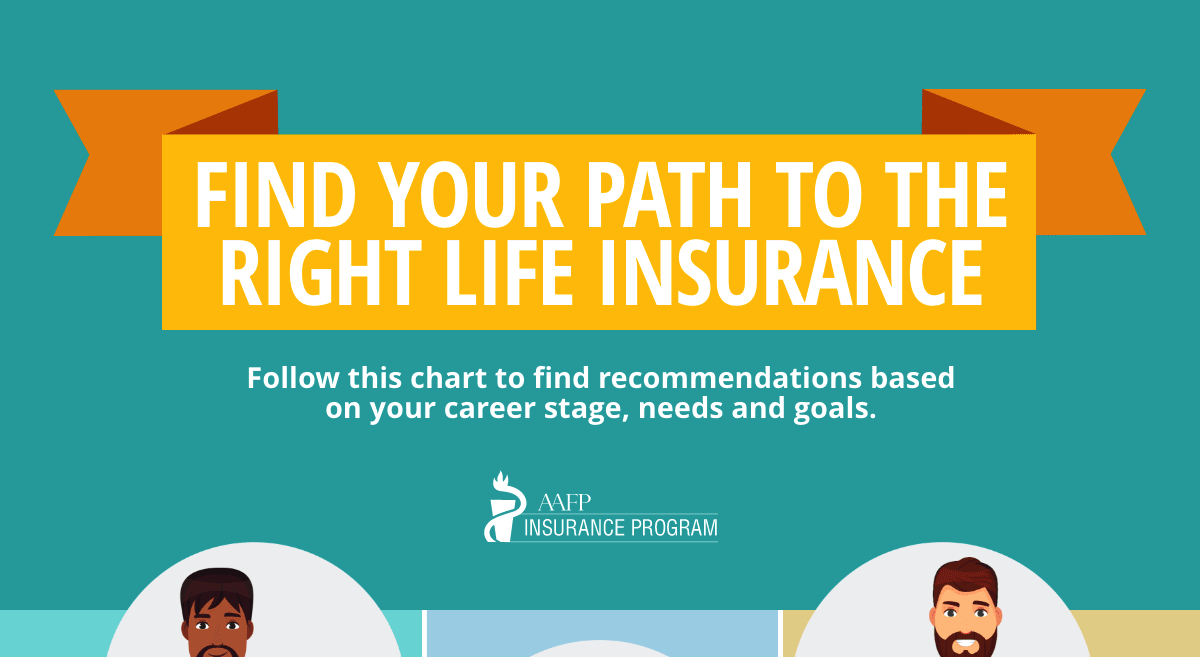This limited supply of physicians is increasingly affecting health networks, walk-in facilities, family practices, independent doctors and nurses, each one adjusting to the “good problem” of having more patients in their waiting rooms.
The deficit in numbers
The latest report by the Association of American Medical Colleges (AAMC) estimates that the U.S. will face a physician shortage ranging between 61,000 to almost 95,000 physicians by 2025, while a closer look reveals that by the same year, the deficit could reach as many as 35,000 primary care physicians and 60,000 non-primary care specialists.
How the deficit happened
It is clear that the shortage will be an issue for a while, making it important to understand the reasons it came to be in the first place—so it doesn’t happen again. Many reasons have contributed to this issue, but there are a select few that stand out.
As mentioned before, the largest factor was ignited by the approval of the Affordable Care Act (ACA), as nearly 32 million additional people gained access to health insurance for the first time. This tipped the scales almost overnight. It can also be attributed to a growing population, an increased elderly population and the likelihood that one third of the current physician workforce will retire over the next decade.
Furthermore, the fact that there has been a federal cap on residency programs frozen for more than 20 years, limits the amount of funding available for training new physicians.
Lastly, student loans. According to the AAMC, the average debt for most med school graduates in 2015 was $180,000. This pushes them into more lucrative specialties; even those who sought primary care in the first place.
Where it hit the hardest
Americans living in distressed or rural communities are among the most affected by the physician shortfall. Despite countless initiatives to overcome the issue, federally qualified health centers continue to struggle in their efforts to attract and retain skilled primary care physicians that can meet the community’s demand.
Some of these initiatives include participating in the Teaching Health Center Graduate Medical Education. The program was created by the ACA to provide funding for eligible health centers to establish or expand medical education in primary care. This is based on the principle that doctors who spend time training in a community are more likely to stay in that community.
These health centers have taken advantage of visa programs that bring in foreign physicians to offset the shortage areas designated by the government, such as J-1 (internship) or H1-B (temporary work permit) visas. However, foreign physicians are also allowed to work at larger health systems in urban areas, making it harder for rural health centers to lure them in.
In order to find more candidates, health centers have contracted with national search firms to identify a larger number of potential workers, as well as sweeten their salaries, benefits and work hours, even to the point of developing a loan forgiveness program as an added financial incentive.
Where we are today
Technology is playing a more active role in providing care each day.
According to Janis Orlowski, MD, AAMC’s Chief Healthcare Officer, “Telehealth and personal devices will help us in making medical care more efficient and hopefully, let physicians see more people”. This type of telemedicine, would allow a two-way audiovisual communication in real time between a doctor and a patient at different locations.
Embracing the technologies available is key in the fight against this physician shortage. Talbot McCormick, MD, CEO of Eagle Hospital Physicians in Atlanta believes that “Telemedicine in its broadest definition is already integrated into health care today—through remote access to electronic medical records, remote radiology reading, and pharmacy email communication with doctors’ offices […] Telemedicine offers broad benefits to any rural hospital struggling with physician staffing and facing frequent transfer of patients to distant tertiary referral hospitals to get the care they need.”
Meanwhile, other initiatives are taking place to increase access to healthcare for underserved populations, such as additional training of nurse practitioners, physician assistants, dieticians and pharmacists, as means to relieve the physician of handling less complex responsibilities. For example, certified physician assistants are knowledgeable on patient assessment, management and education, care coordination and continuity of care. These strengths have proven to translate into patients adhering to treatment, reduced admissions to the E.R., decreased hospital readmissions, and more time for physicians to spend with high-complexity patients. This has led internal medicine and family practitioners to increase the nurse practitioner and physician assistant workforce to balance out the problem.
In fact, Dawn Morton-Rias, Ed.D, PA-C, president and CEO of the National Commission on Certification of Physician Assistants, notes that the Physician Assistant profession grew by approximately 35%, and agrees with the AAMC that PAs can assist with the shortfall.
The AAMC has already managed to increase the number of medical schools (as well as class sizes) since 2001 by 26% in the U.S. More recently, they’ve focused on establishing a multi-pronged methodology that is urging Congress to increase federal support. The mission is to create 3,000 new residency positions annually during the next five years, improve training in technology and foster more innovations in providing care for patients.
Last but not least, working locum tenens assignments is becoming more popular. These days working in a hospital for a weekend, a week or a month doesn’t have to be a hassle. Staffing agencies are well suited to tend to all logistics (travel, accommodations, covering malpractice insurance, etc.) to send you wherever you need to be. As of today, nearly 40,000 doctors participate each year. This allows them to evaluate different practice settings and cities before settling down. Almost every hospital hires locum tenens, as it provides more freedom, less paper work and more flexible hours.
Considering that all of these initiatives are still not enough to meet the demand, and the fact that there are still people who don’t even have access to health care, the physician shortage could be even bigger. So tell us, how has the shortage affected your work and time spent with patients? What measures are you or your employer taking in order to counteract the problem?




